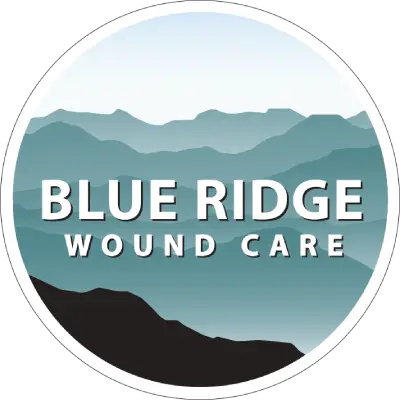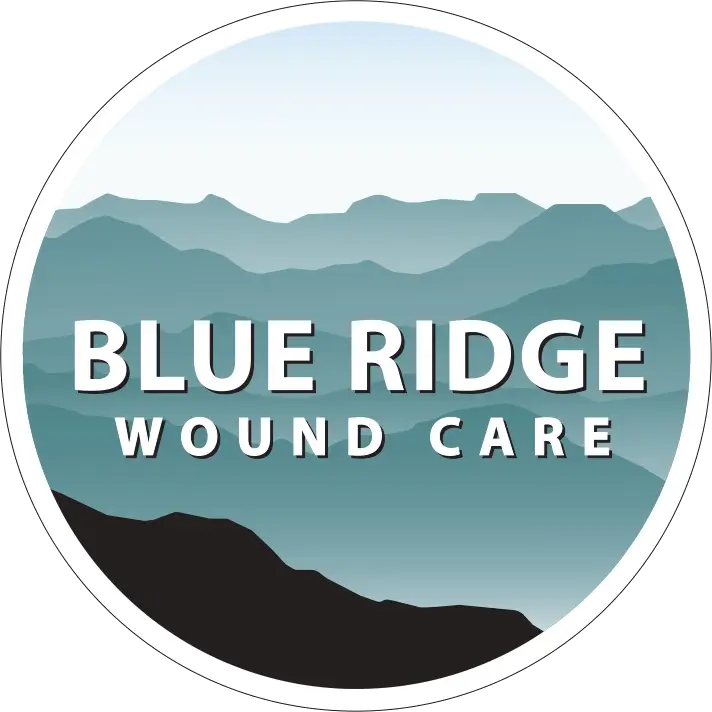Understanding the classification of wounds is essential for effective wound management and treatment. At Blue Ridge Wound Care, we use a structured method for categorizing wounds, which aids in making informed decisions and fostering effective communication between healthcare providers and patients. This collaborative approach streamlines the wound care journey, emphasizing health and positive outcomes.
Wounds can be classified based on various criteria, including the cause of injury, the nature of tissue damage, contamination level, and severity. Here's a detailed look at different wound classifications and their typical outcomes:
Superficial Wounds
Description: Affect the outermost skin layer (epidermis).
Examples: Abrasions, minor cuts, and scratches.
Expected Outcome: Typically heal with minimal scarring and are relatively quick to recover.
Partial-Thickness Wounds
Description: Involve damage to the epidermis and part of the dermis.
Examples: Second-degree burns and deeper abrasions.
Expected Outcome: May result in scarring and require a longer healing period compared to superficial wounds. Many cases at Blue Ridge Wound Care fall under this category.
Full-Thickness Wounds
Description: Extend through the entire dermis, potentially involving underlying tissues.
Examples: Third-degree burns and deep lacerations.
Expected Outcome: Require significant healing time, may result in scarring, and can impact tissue function more substantially.
Complex Wounds
Description: Involve extensive tissue damage affecting multiple layers and structures.
Examples: Severe burns and high-energy trauma injuries.
Expected Outcome: Challenging to treat, may necessitate specialized interventions, and are associated with a higher risk of complications.
Crushing Injuries
Description: Result from compression, leading to tissue damage.
Examples: Crushed limbs and entrapment injuries.
Expected Outcome: Can cause significant tissue necrosis and potentially lead to complications like compartment syndrome.
Degloving Injuries
Description: Tissue is forcibly torn away or separated from underlying structures.
Examples: Severe avulsions.
Expected Outcome: High risk of infection, may require extensive surgical interventions.
Penetrating Injuries
Description: Involve an object entering the body, potentially damaging internal structures.
Examples: Stab wounds and gunshot wounds.
Expected Outcome: Depends on the depth and trajectory of the injury, requiring careful assessment.
Complicated Wounds
Description: Include additional complications such as infections, foreign bodies, or vascular compromise.
Examples: Infected wounds and wounds with embedded objects.
Expected Outcome: Requires careful management to address both the wound and associated complications.
Necrotic Wounds
Description: Involve dead tissue (necrosis), often associated with poor blood supply.
Examples: Gangrenous wounds.
Expected Outcome: High risk of infection, may require debridement and specialized care.
These classifications help healthcare professionals assess the extent of damage, determine suitable treatment strategies, and predict potential complications. They also assist in setting realistic patient expectations regarding the healing process, guiding treatment plans, and making home follow-up recommendations at Blue Ridge Wound Care.
By understanding the different types of wounds and their expected outcomes, we can better tailor our care to meet each patient's unique needs. At Blue Ridge Wound Care, we are committed to providing the highest standard of care to ensure the best possible healing outcomes for our patients.


